Spain: ‘Desalinated water is five times more expensive’
Lack of water forces to switch to rainfed crops, which are much less profitable than the irrigated crops. But it also directly affects tourism and the chemical industry; it even drives up the price of electricity. Spain is suffering one of the worst droughts in 60 years. It is essential to look for alternative sources to avoid falling into recession.

Can the worst drought in decades lead to recession?
Although it may seem far away, even today a drought can contribute to a recession. The president of Andalucía recently referred to water as the engine of the region's economy. It is undoubtedly the engine of agriculture and livestock farming. But also of other sectors ranging from gardening to tourism, from the chemical industry to electricity production.
Having problems irrigating cereals, for example, affects the farmer, but also the livestock farmer who uses them for animal feed, as well as the markets to which these materials and their derivatives reach. After all, it is another input that, like energy, has a direct impact on the prices of virtually all products, not just commodities.
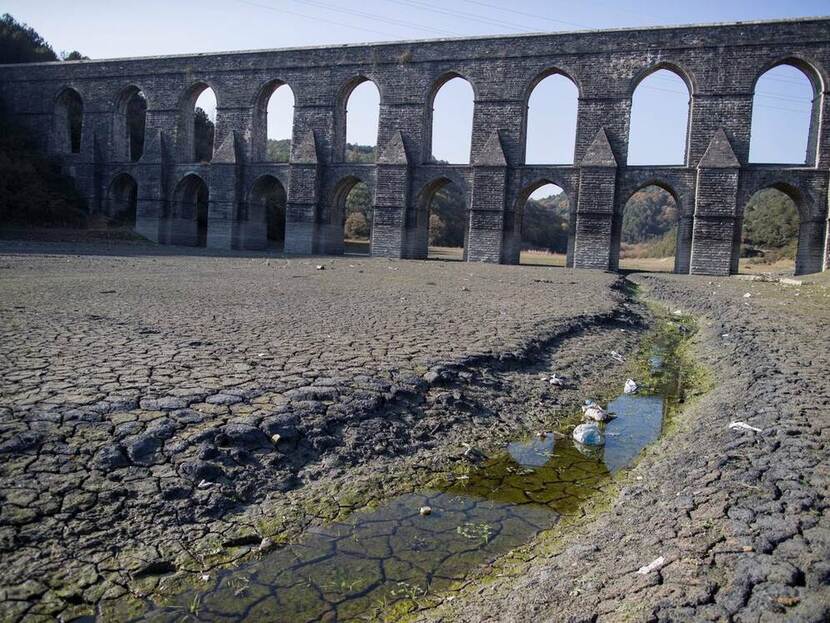
Green hydrogen also needs water
“If the farmer has no water, he has to plant a rain-fed crop. This is what is going to happen in most of the basins, especially in the southern basins”, Andrés del Campo, president of the irrigators communities association (Fenacore), says. Andalucía and the Levante region are two of the areas most affected by a problem with several facets. The alternative, at least for the time being, is to switch to rainfed crops to save the season. However, production is much lower and this has an impact on the whole value chain. "Losing a year can mean that international importers turn to third markets and recovering that client is not always easy," Mr. del Campo explains.
The situation is, of course, the same for any activity that depends on water flowing in rivers and reservoirs. The impact on tourism, the country's number one industry, has not yet been quantified, but it certainly has an impact. There are also consequences that may be less obvious at first. "The loss of water quality brought about by the drought means higher costs and greater difficulty in treating water for industrial use," the president of the Chemical Industries Association, José Luis Menéndez, says.
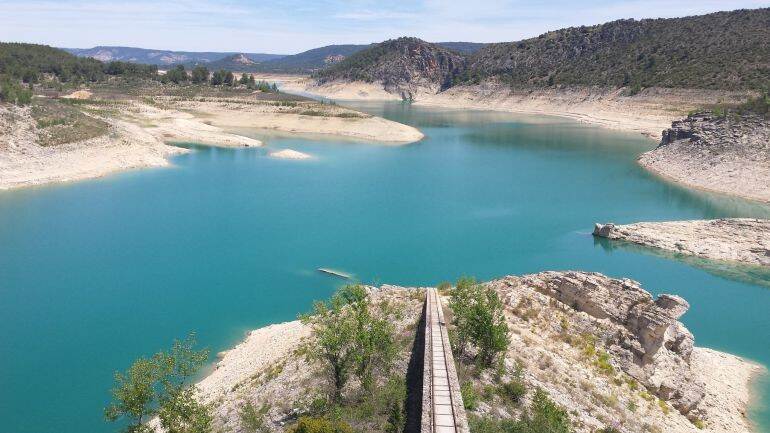
He also provides a fact: each ton of the long-awaited green hydrogen needs between 25 and 60 tons of water. It is set to be one of the great vectors for the decarbonization of the economy, and without the availability of water it will be an unfeasible process.
“From the river to the tap”
There are usually several causes behind any problem and, in this case, not all of them have to do with the lack of rainfall. For Pedro Arrojo, UN special rapporteur, "it's about water poverty, not energy poverty". Mr Arrojo points directly to the illegal overexploitation of aquifers.
“Aquifers must be protected and investments must be made in the whole water cycle, from the river to the tap”. It is not just a matter of caring and saving, but we must go further and invest in improving city networks, which lose around 20% of their water supply. The recent investment program for the digitization of water from the NGEU funds aims to mobilize more than 3 billion euros.
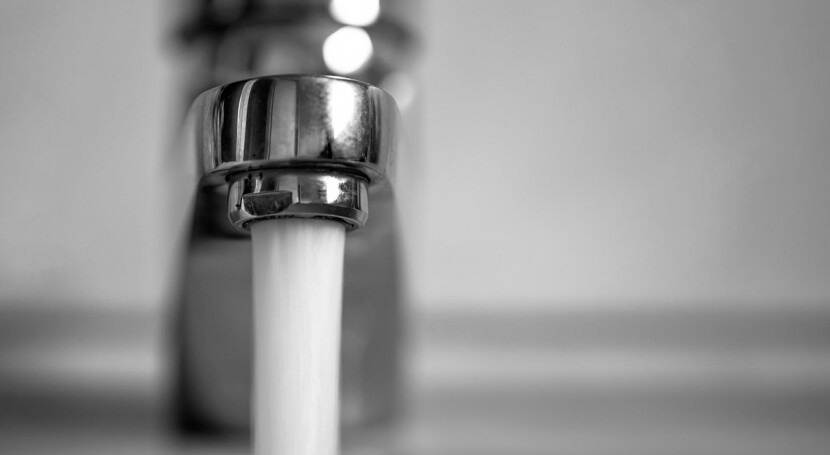
“Spain has always been deficient in water potential; we are a country with a lack of water”, economist José R. Pin Arboledas recalls. We have always talked about the “persistent drought” that is now aggravated by climate change. In return, the years have also brought new solutions. One of them, water transfers including from the center of Europe. Mr Pin Arboledas argues that, just as Spain looks set to serve as a port of entry to Europe for gas arriving from Algeria, the continent can respond with its water.
“Water is going to be as important as oil or energy”, the economist predicts. But with one nuance: while in the energy sector there are already tangible and profitable solutions, solutions to combat drought are still some way off. But there is one that is well developed: desalination. Spain is in fact a pioneer in this technology. If it cannot yet be used to supply the entire population, irrigate crops or regenerate aquifers, it is mainly because it is too expensive to do so.
In addition to the considerable energy consumption, water for irrigation has to be mineralized or boron has to be extracted in a process that is only available for some plants. There are currently 765 desalination plants in Spain -360 for seawater and 405 for brackish water- with a production of more than 100 m3/day, according to the Association of Desalination and Water Reuse (AEDyR).
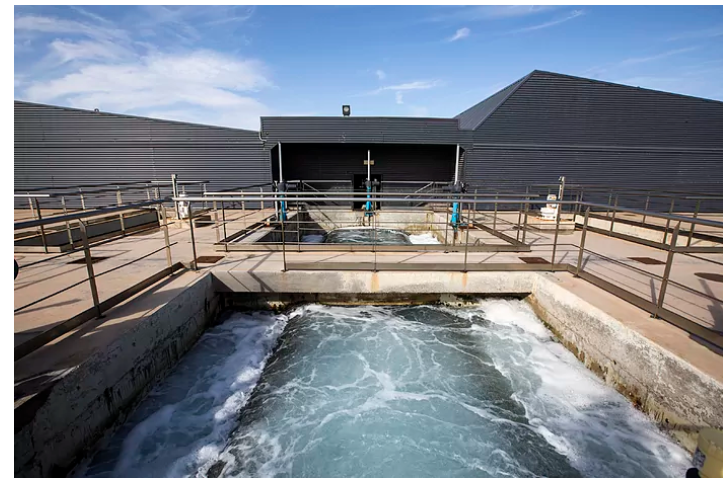
What farmers say
Europe's largest desalination plant is located in Torrevieja (Alicante). It was inaugurated in 2014, cost 226 million euros and currently provides 24,000m3 of drinking water per day, twice as much as in 2014. Ninety per cent of this water is used for irrigation and the rest for human supply. With continued cuts to the amount of water transferred from the Tagus to the Levante basins, this is the only solution offered to farmers in the area by the government, which announced the expansion of desalinated water production to make up for the irrigation water deficit.
"Desalination is not enough in the face of the cut in the amount of water transferred", Lucas Jiménez, a representative of the region's farmers, says emphatically. And, above all, "the cost of desalinated water is unaffordable", he adds. In March 2022, the price of desalinated water was 1.20 €/m3. “This water is subsidized, so that of this 1.20 euros, the farmer pays 0.53 euro cents per liter, depending on the fixed costs of each area. Water from the Tagus transfer costs 0.30 cents”.
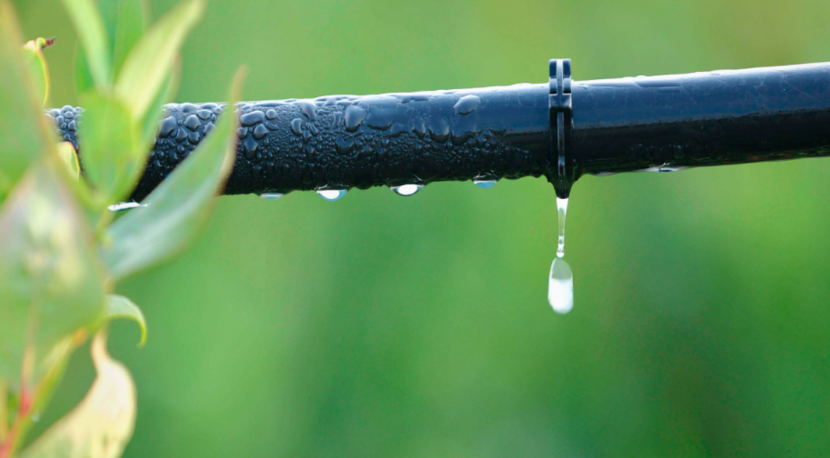
“Water flows from desalination are complementary but never a substitute for water from the transfer of basins for economic and environmental reasons”, according to Joaquín Melgarejo, director of the Water Institute of the University of Alicante. "Water from the desalination plant is five times more expensive, but there are also the environmental costs, not always taken into account”. Making plants run on renewable energy, such as photovoltaics, would make desalinated water cheaper. Nevertheless Dr. Melgarejo estimates that the cost of water would not be reduced by more than 10-15%.